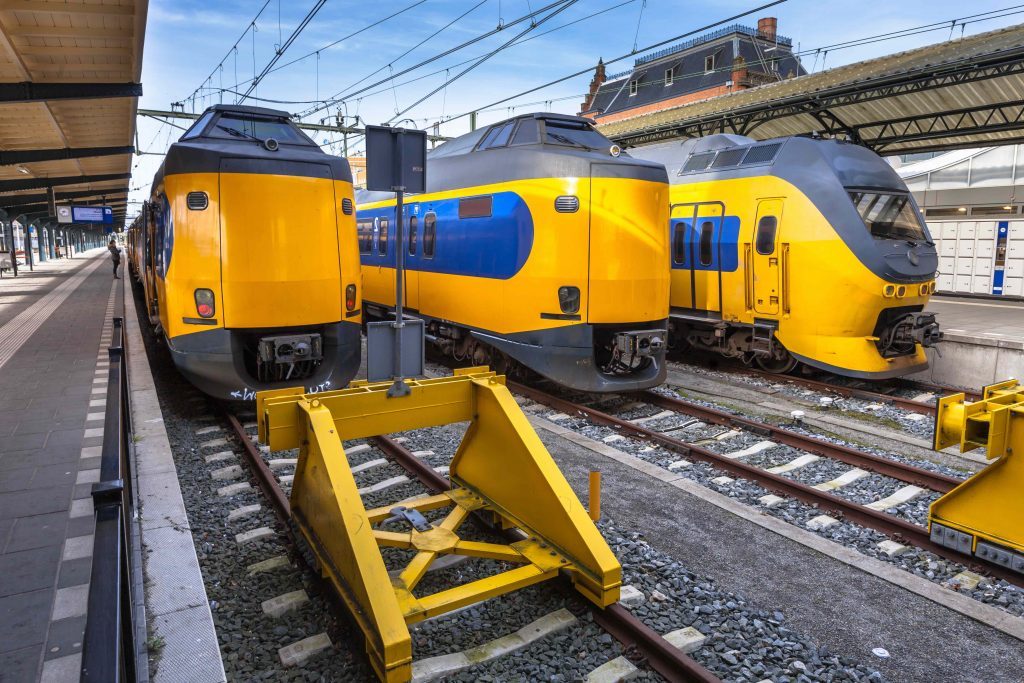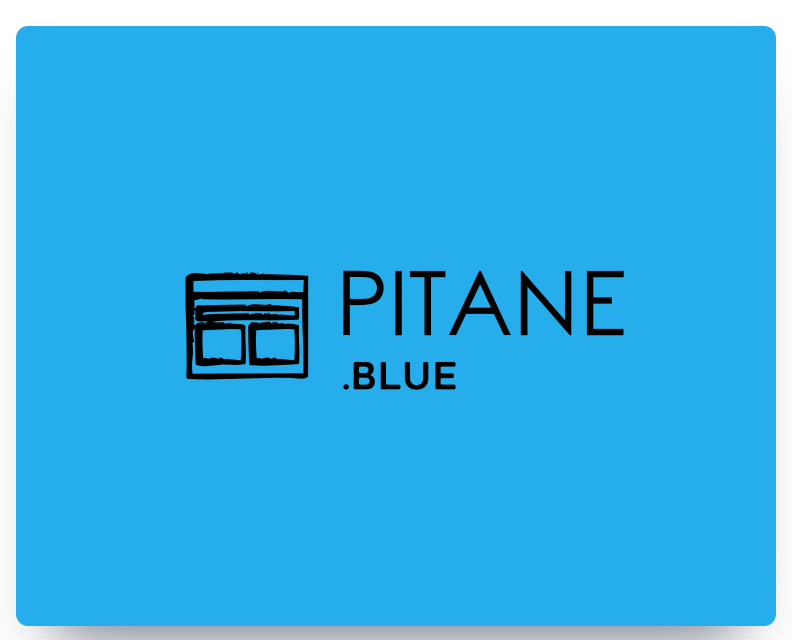Good news for train travelers with a disability. NS announced that boarding and alighting assistance will be offered at more than a hundred additional stations this year. But as long as those helpers don't get good instructions, 48-year-old Noëlle Nefs from Leidschendam holds a hard head. Last year she folded up the platform from her wheelchair in such a way that she had to move down the ramp bridge from the NS boarding aid.
Travel must be safe, including for people with disabilities.
She broke her lower leg in two places, had surgery, and has had a metal plate in her leg ever since. After intervention of personal injury agency JBL & G the case has recently been settled with payment of 5500 euros in grief and compensation, but the Leidschendamse is now committed to preventing similar accidents in the future.
She has written a letter to the Dutch Railways and the State Secretary, and she would also like to approach the permanent Parliamentary Committee on Infrastructure and Water Management. Her point of view: travel must be safe, also for people with disabilities and a resource.
Noelle Nefs:
“The NS works with a concession, in which they must ensure safety in the train and at the stations, as well as assistance for the disabled when boarding and alighting. But then that assistance must also be safe! When you request travel assistance in advance, you must specify which aid you come with: a wheelchair, balance bike or a scooter. But then nothing is done with that information, when you arrive it is just every time: "Hey, we'll put down a shelf, come on!" The three different bridges used depend only on the type of station or train, not the type of aid. I have been told that the bridges meet all requirements, but my accident is not an isolated one, so why use another steep bridge? It is high time for level access everywhere. ”
“I thought it was just so cool for me that day that I went out alone again. Because of my condition I have not been able to drive for a while, but because of the train my range would increase again. That it has turned out to be an illusion again is, to say the least, a pity. This limits your travel options even more, while still wanting an inclusive society. ”
“After the accident, I was allowed to practice again at NS, which was fine in itself. Especially because it became clear again that I really have to go backwards with such a bridge with my wheelchair in order not to tip over. But I dread having to have that discussion with such an assistant every time I have to get off a train. There is always pressure on it, it has to be done within 1 or 2 minutes, because such a train continues to thunder. And that remains an obstacle, where I can face such a long, in itself already burdensome journey. ”
“In theory it is fantastic, soon all those extra stations with entry and exit assistance. But what does it really mean? Will there also be enough instructed assistants? Will that huge height difference remain? There are more and more different tools. You have to look at what the user needs. That's also what I miss: they don't ask anything. Please ask: do you have torso stability, do you need a seat belt, do you have front or rear wheel drive, where are your anti-tip wheels, in short: how do you want to get out? Look, as a disabled person you already have a lot of hassle that you have not asked for. You are in a wheelchair for a reason. But this is all very easy to solve! I definitely don't want to be pathetic, but I want to prevent others like that from happening to me like mine. Fine, all those extra boarding aids soon. Everyone may be wildly enthusiastic, but I still hold my heart. Because it is really not nice when you are at the bottom of that bridge. ”
Also read: Postponement of the introduction of the platform code VVR reveals weaknesses




